Discover the Right Formula for Success
Try your hand at forensic analysis with CSI-like lab challenges. Examine the intricacy of how molecules vibrate. Measure the oxygen in Keuka Lake. Analyze the chemical components of wine. It’s all possible at Keuka College.
The chemistry minor grounds students in the fundamentals of modern chemistry and provides exposure to cutting-edge research and contemporary instrumentation in the field. You can glean an understanding of the particulars and particles inside various matter—and why it all matters.
Minor Overview
Curious about what makes up the world around us and why things are the way they are? As a chemistry minor, you’ll study matter using math, theory, and experiments. You’ll look at what matter is made of and how it behaves, right down to the atomic level.
Keuka College’s chemistry minor allows you to investigate your interests alongside our world-class faculty. It’s especially useful if you’re planning on a career in medicine, health care, biological sciences, environmental sciences, business, law, or secondary education.
Learn More About Chemistry
As an undergraduate student, you’ll have unparalleled opportunities to conduct hands-on research. You’ll also have direct access to equipment that’s usually only available to graduate students at large research universities.
Students have conducted research projects in Kenya, studied in cancer labs, and much more. Our natural science students often present their work at regional and national scientific meetings, and some have even partnered with faculty to publish scientific papers.
The Jephson Science Center is one of the College’s most recently-renovated buildings. A highlight of the center is that the laboratories weren’t simply designed by architects, but by the professors who use and teach in them. That means the labs you’ll use at Keuka College mimic real-world laboratories, and include much of the same equipment.
Research in chemistry often involves determining the chemical components of a solution and finding how much is there, especially when analyzing a crime scene for evidence. The equipment in our laboratory includes four different Perkin-Elmer machines typically found at large research universities, including:
High-Pressure Liquid Chromatograph (HPLC)
The HPLC is used to separate, identify, and quantify each component in a mixture. It carries liquids from glass bottles through thin plastic tubes, passing through several compartments containing an oven, vacuum pump, solution tray, and detectors for analysis.
Gas Chromatograph-Mass Spectrometer (GC/MS)
The GC/MS separates mixtures into individual components and identifies separate fragments so you can determine what the molecules are. The GC/MS features a rotating unit that can extract samples from a tray of up to 108 small vials at one time, conducting analysis as programmed by a small touch screen at the side.
Connected to the CG/MS is a computer running high-performance software that converts the data readings of molecular ions into a bevy of colorful charts and graphs. Based on the peaks and plunges of a fragment’s chart, the computer searches a large digital library to find the closest match–all in a matter of seconds.
Fourier Transform Infrared Spectrometer (FTIR)
The FTIR contains an oval plate with a small diamond reflective element through which infrared light can pass. Connected to another computer running high-speed software, the FTIR is able to provide information about the identity of liquid or solid compounds.
Lamnda-35 Ultraviolet Spectrometer
The UV spectrometer uses visible and ultraviolet light to determine the absorption spectrum of a solution, which will show how much light it absorbs across a range of wavelengths. This information is then used to determine the concentration of particular chemical components.
At Keuka College, you’re able to work with published, world-class scientists every day. Here, your professors are eager to teach, work on research projects with you, and share their knowledge. All of Keuka College’s natural science professors hold doctoral degrees from top-tier institutions, including Yale and MIT.
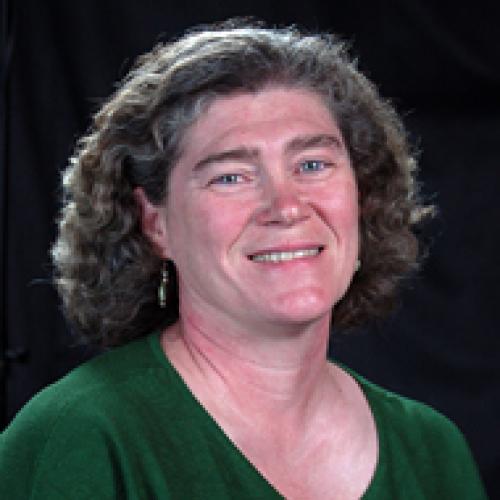
Dr. Catherine Abbott
Professor of Mathematics
Academic Credentials
- University of North Texas
- Ph.D.
- University of North Texas
- M.A.
- University of Texas at Tyler
- B.S.
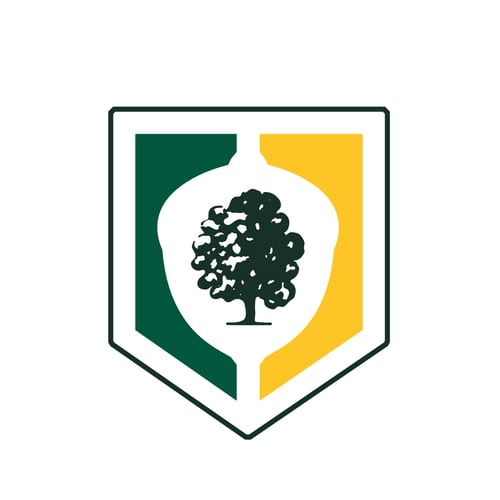
Barbara Demjanec
Laboratory Coordinator
Academic Credentials
- University of Illinois at Urbana - Champaign
- M.S.
- Montana State University
- B.S.
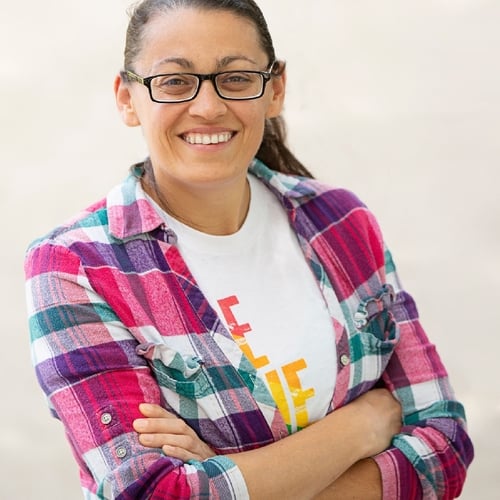
Dr. Dominique Derminio
Assistant Professor of Biology
Academic Credentials
- Keuka College
- B.A. in Biochemistry
- University of New South Wales
- M.S. in Res. in Psychiatry/Molecular Biology
- SUNY ESF
- Ph.D. in Biochemistry
Biography
Dr. Derminio teaches general chemistry, organic chemistry, and nursing chemistry, and has previously taught introductory biology courses. Her primary area of expertise is photosynthetic biochemistry in cyanobacteria. She loves teaching and talking to students about a wide range of sciences.
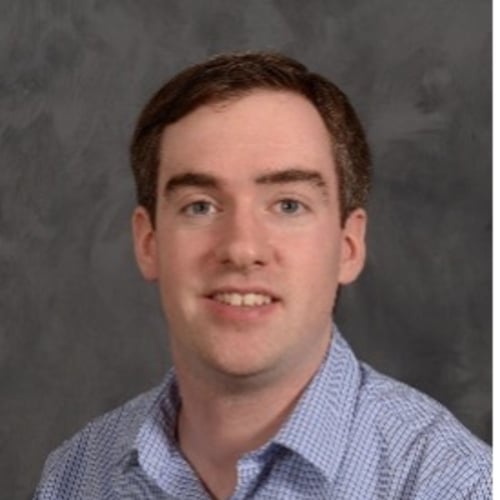
Dr. Andrew Geragotelis
Assistant Professor of Chemistry
Academic Credentials
- Siena College
- B.S. in Chemistry
- University of California Irvine
- M.S. in Chemistry
- University of California Irvine
- Ph.D. in Chemistry
Biography
Dr. Andrew Geragotelis joined the faculty at Keuka College in 2023, teaching chemistry and additional courses. He actively pursues research in the field of computational chemistry, using computer simulations and molecular modeling methods to study how biomolecules interact with one another and how properties of their dynamics can be better understood. He is also interested in chemistry and physics education research.
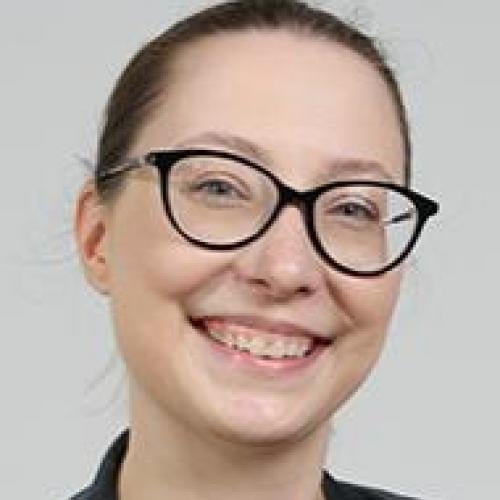
Jessica Katolik
Instructor of Biology
Academic Credentials
- University of Rochester
- M.S. in Pharmacology and Physiology
- Rochester Institute of Technology
- B.S. in Biotechnology
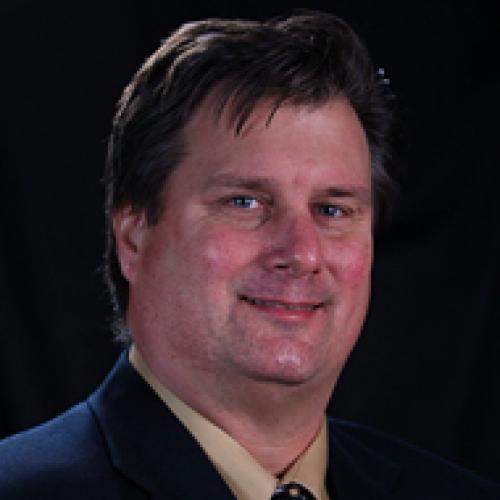
Dr. Michael Keck
Chair of Natural Sciences and Mathematics
Professor of Chemistry
Academic Credentials
- Massachusetts Institute of Technology
- Ph.D.
- University of California at Berkeley
- B.S.
Biography
Dr. Keck joined the faculty at Keuka College in 2008 after 13 years teaching at Emporia State University (Kansas). He teaches chemistry and biochemistry, and has also taught analytical chemistry and inorganic chemistry. His primary area of expertise is nucleic acids biochemistry. He loves teaching, and he is also eager to work with students on research projects. He and his students are presently collaborating with colleagues at RIT to design and evaluate compounds that have potential as photodynamic therapy agents.
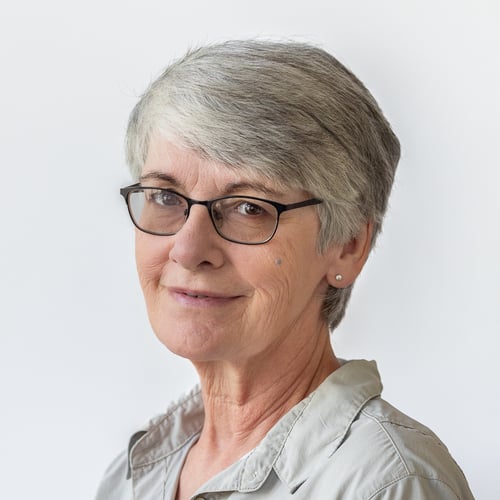
Gylla MacGregor
Instructor of Biology
Academic Credentials
- Lehigh University
- M.S. in Microbiology with Integrative Biology Emphasis
- Clarion University of Pennsylvania
- M.S. in Biology with Ecology Emphasis
- The College of New Jersey
- B.S. in Biology
- Mercer County Community College
- A.S. in Chemistry
Biography
Gylla A. MacGregor has been with Keuka College since 2017. Prior to that, she was a Conservation Ecologist and GIS Project Director for New Jersey Audubon. While she considers herself a behavioral ecologist, her training and background are broad, as evidenced by the wide range of courses she loves and enjoys teaching, in both biology and environmental science. She’s particularly drawn to fieldwork and has engaged in research studies on timber rattlesnakes, bog turtles, grassland birds, deer and forest health, small mammals, and the regal fritillary butterfly, to name a few. She’s a strong believer in undergraduate research, which provides both hands-on learning and the development of critical skills that can be carried to graduate school or the professional market. Habitat restoration, geospatial mapping of wildlife habitat, problem-solving in raccoons, diatoms as an indicator of water quality, bait preference in small mammals, amphibians and water quality, and habitat preference of isopods are some examples of projects that students have engaged in. She encourages students to visit her office, check things out, and Believe in What We Can Do Together!
Professional Interests
Behavioral Ecology and Restoration Ecology.
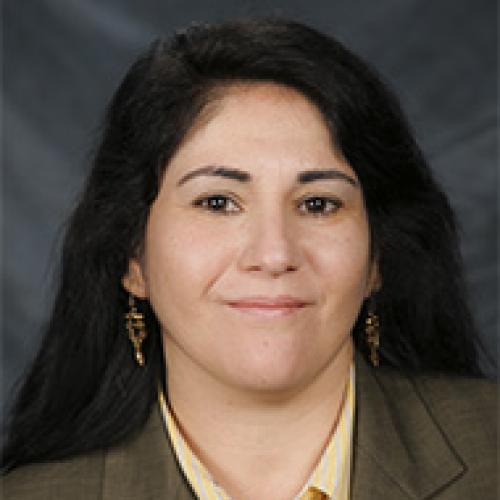
Dr. Luciana Parent
Associate Professor of Biology
Academic Credentials
- University of Sao Paulo/Cornell University (Sandwich Program)
- Ph.D.
- Federal University of Minas Gerais (UFMG)
- M.S.
- Federal University of Minas Gerais (UFMG)
- B.S.

Dr. Andrew Robak
Professor of Chemistry
Academic Credentials
- University of Oregon
- Ph.D.
- University of Oregon
- M.S. in Chemistry
- Rochester Institute of Technology
- B.S. in Environmental Chemistry
Biography
Dr. Robak started teaching at Keuka College in the Fall of 2007 and is the primary instructor for organic chemistry at Keuka.
He is the adviser for Keuka's chemistry club and also directs a number of undergraduate research projects. Active research projects include: Exploring click chemistry for organic synthesis, developing new surfboard coatings from polyurethanes, designing chemistry experiments for home-schooled children at the high school level and a project using chemistry and photography to promote both art and science.
Other research interests are: designing more environmentally friendly lab experiments
Professional Interests
chemistry, organic chemistry, science based medicine, green chemistry, science in popular culture, science as art, polymers/plastics, science education, explosive chemistry demonstrations, inorganic chemistry
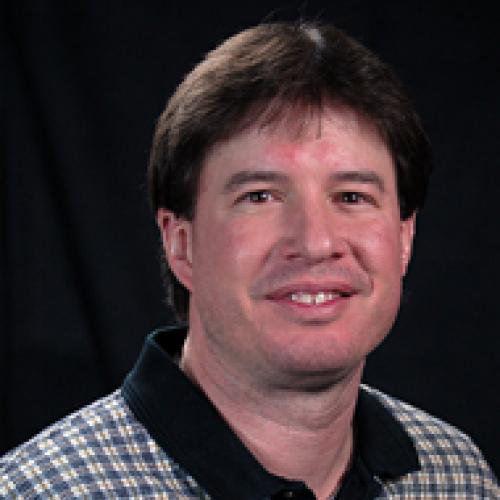
Jack Westbrook
Instructor of Mathematics
Academic Credentials
- SUNY Geneseo
- M.S.
- SUNY Geneseo
- B.S.




